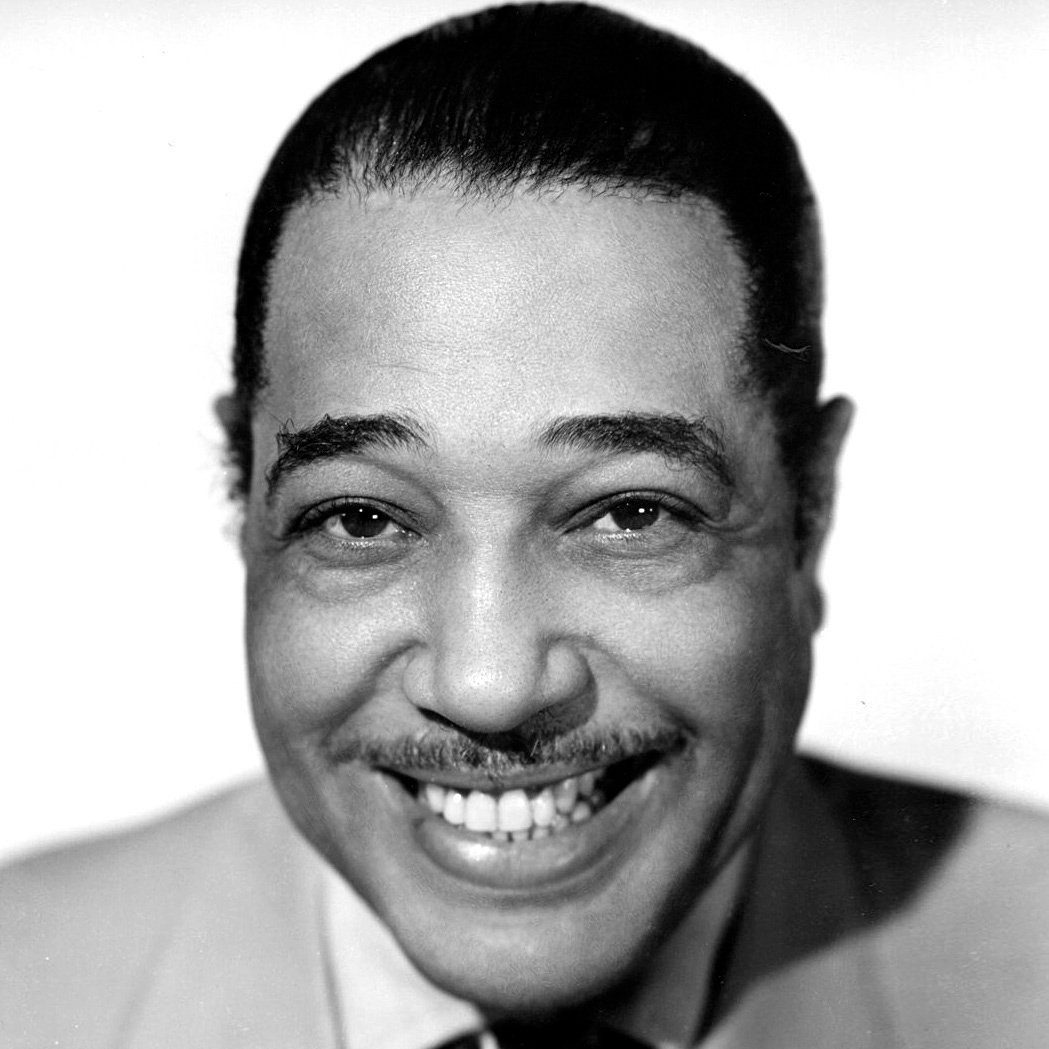Program Notes
Learn more about the memorable programs offered by the Spartanburg Philharmonic through insightful anecdotes and historical notes about the composers and their works.
Esmail: RE|Member
“When I first spoke to Maestro Dausgaard (Seattle Symphony) about this piece, we thought it would be opening their 2020 season. We spoke about that feeling of returning to the concert hall after the summer – a change of season, a yedarly ritual. But as the pandemic unraveled life as we knew it, the ‘return’ suddenly took on much more weight."
Rachmaninoff: Rhapsody on a Theme by Paganini
Rachmaninoff's genius as both pianist and composer had been recognized and cultivated at the Moscow Conservatory, and by the time of the 1917 Russian Revolution he had for many years spent more time living and touring outside his native country than within it. So when he and his family fled on an open sled across the Finnish frontier one night that December, a life in exile was in a certain sense an obvious choice.
Berlioz: Symphonie Fantastique
It would take pages to detail the Symphonie Fantastique’s other musical innovations, but innovations as such are of very limited value if they aren’t in the service of powerful art. The Symphonie could hardly be more powerful, and every listener, novice and expert alike, can feel Berlioz’s story as he paints it in sound.
Thompson: An Act of Resistance
“I decided to write a piece that would help me, and hopefully others, rebuild the strength necessary to love deeply, genuinely, and passionately. This piece is essentially a battle between selfishness and empathy—pride v. love—and because one is easier than the other, the victor is clear towards the end of the piece. It is important that the decision to perform the music that follows “the end” remains a choice for each individual member of the ensemble.“
- Joel Thompson, Composer (“An Act of Resistance”)
Ellington: Les Trois Rois Noirs
"There are simply two kinds of music: good music, and the other kind."
Thus wrote Duke Ellington in 1963, and Ellington’s vast, five-decade career both testifies to and demonstrates that assertion. Ellington’s 20,000 performances, his output of 3,000 songs, pieces, and arrangements – they all point back to that central fact.
Shostakovich: Symphony No. 5, Op. 47
Shostakovich’s Fifth follows the same broad outline as Beethoven’s: a minor key transformed over four movements into a major one, with a touching slow movement shockingly interrupted by a brassy finale. The frantically insistent final resolution (octave A’s are repeated no less than 253 times before they finally resolve to the Symphony’s home note, a unison D) is one of the things that inspired Maxim Shostakovich, the composer’s son, to call the Fifth his father’s “Heroic Symphony.” But, as the insightful New Yorker music critic Alex Ross asks: at this moment, exactly who, or what, is triumphing?
Ginastera: Variaciones Concertantes
The Variaciones Concertantes date to 1953, and like many of his best works display what he called a “subjective nationalism” – that is, they use elements adapted from Argentine traditions without incorporating folk music as such. They begin with a conspicuously Argentine gesture, as the harp plucks the same pitches as a gaucho strumming the open strings of a guitar, but it’s off to the races from that point, and in the midst of the full-technicolor cinematic journey that begins there a listener isn’t likely to take time to wonder which elements are “Argentine” and which ones just sound cool.
Beethoven: Symphony no. 4
Beethoven’s music, in fact, runs the whole gamut of human experience. His compositional voice is comfortable and distinctive even when moving within the conventions he inherited from Mozart and Haydn, and his portrayals of boisterous and even tipsy good humor, relaxed ease, and the gentle pang of unrequited love are just as vivid as his depictions of existential struggle.
Holmès: La nuit et l’amour
“La nuit et l’amour” is an excerpt from her huge 1888 cantata for choir, orchestra, and narrator, Ludus pro patria. “La nuit et l’amour” is a lush but brief interlude, preceded by a sexy text about angels, virgins, and lovers worthy of a 19th Century Gallic Duran Duran lyric. Full of rich and impassioned melody driven by the low strings, it’s a perfect date-night piece: succinct, romantic, and instantly appealing.
Kay: Fanfare
Fanfare opens with a bold statement from the brass section featuring discordant tension and harmonic resolve: growth and strength. Following this brief introduction, the music shifts to a lighthearted, cheerful, and exuberant pace. As the name suggests, the piece is designed to showcase the power of the symphony, celebrating this wonderful new chapter in our orchestra’s lifetime.
Foley: Soul Bass
We tend to talk about careers as having “arcs” or “trajectories,” but neither of those words quite does justice to Xavier Dubois Foley’s young career. “Rocket-like ascent” would probably be more accurate, and Foley’s rocket-like ascent is still very much in process, so there’s no telling just how high into the firmament he’ll end up.
Dvořák: Symphony no. 9
But Dvořák can also be taken to represent another ideal, one perhaps more prevalent in America than in Europe: the rags-to-riches, pull-yourself-up-by-your-own-bootstraps ethic seen of the Horatio Alger stories. The son of a small-town butcher, Dvořák originally planned on following his father’s trade, but a benevolent uncle recognized the boy’s musical gifts and sent him to Prague to study.
Gershwin: Concerto in F
The younger son of Jewish immigrants from Eastern Europe, Gershwin began teaching himself piano around the age of seven, when his parents arranged for an upright instrument to be hoisted into the window of their apartment so that his older brother could study it. His brother, Ira, was of a more literary turn of mind, though, and was relieved when George hogged the instrument so continuously that Ira was permitted to stop his lessons.
Ives: Symphony No. 2
E pluribus unum, it says on the back of all minted United States coins: “Out of many, one.” You’d be hard-pressed to find a better musical depiction of that motto than Ives’ Second.
Montgomery: Coincident Dances
Coincident Dances is inspired by the sounds found in New York’s various cultures, capturing the frenetic energy and multicultural aural palette one hears even in a short walk through a New York City neighborhood. The work is a fusion of several different sound-worlds: English consort, samba, mbira dance music from Ghana, swing, and techno.
- Jessie Montgomery
Tao: An Adjustment
The way that depression sometimes makes every single minute detail, choice, and experience feel huge, almost melodramatic in scope; the way it simultaneously renders all those hyper-saturated details, choices, and experiences numbing; the harrowing, contradictory space between numbness and nigh-operatic feeling.
Tchaikovsky: Symphony No. 5
Tchaikovsky was one of the most personal and emotionally direct of composers, and so his difficult inner life is indeed pretty directly relevant to his music; you can’t exactly blame the fifth edition’s editors for wanting the composer’s demise to equal his music in drama
Pärt: Cantus in Memory of Benjamin Britten
Pärt is a citizen and the best-known export of Estonia, the tiny country on the Baltic Sea that between 1940 and 1991 was subsumed by the USSR. He spent much of the 1960’s battling Soviet censors because he insisted on using a Serialist approach to composition, turning out music in the hyper-mathematical, dissonant style introduced by Arnold Schoenberg.
Schumann: Symphony no. 3 "Rhenish"
Schumann was as well known in his lifetime for his articulate and even poetic writing, for his one great love affair, and for his moods and melancholy and eventual madness as he was for his powerfully emotional music.
Elgar: Cello Concerto
The Cello Concerto is undoubtedly Elgar’s last great work, and it’s hard not to think that Elgar may have known that as he wrote it.




















